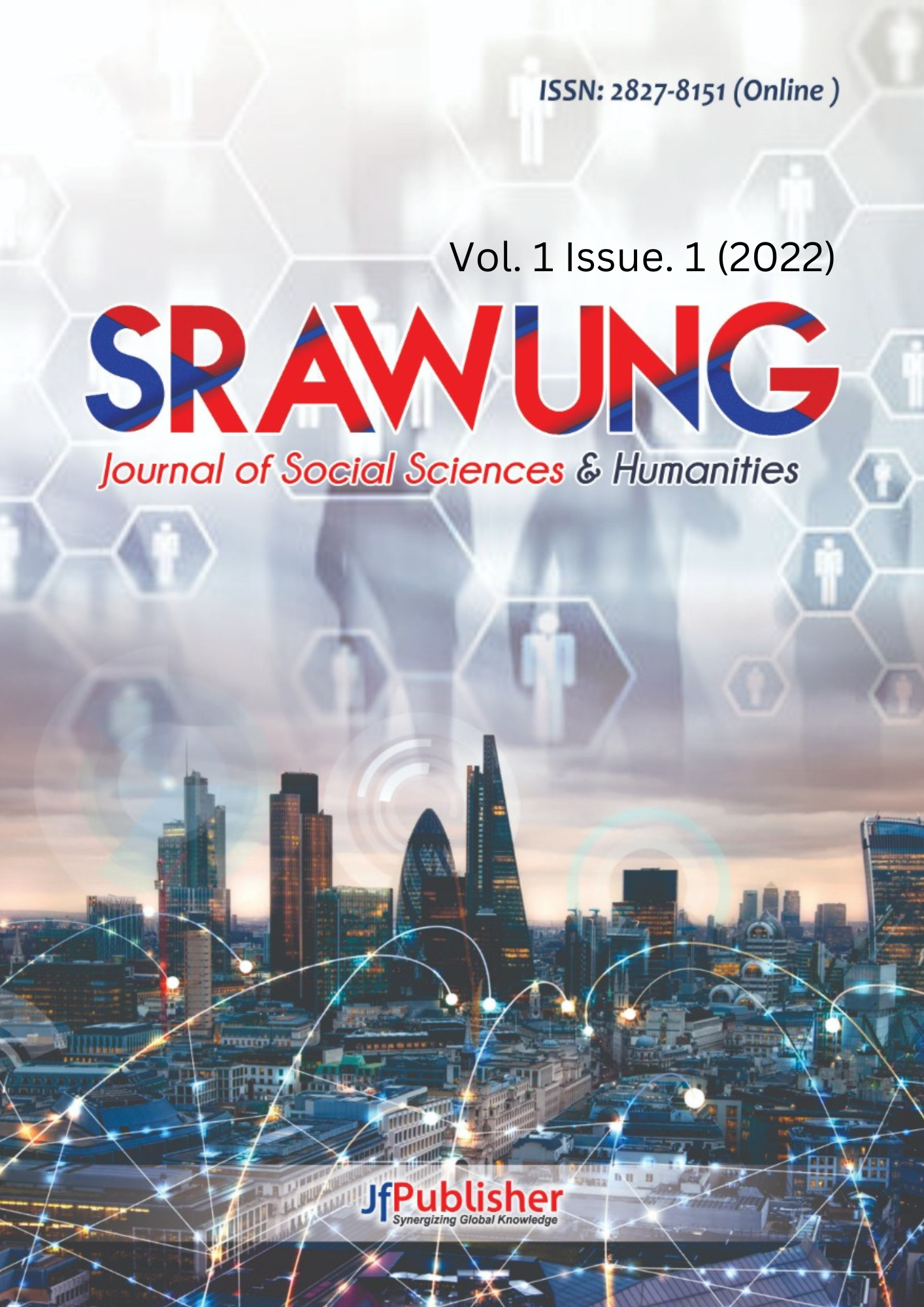INDONESIA'S CHALLENGES AND STRATEGIES FOR THE ASEAN ECONOMIC COMMUNITY (AEC)
STKIP PGRI Pasuruan
DOI:
https://doi.org/10.56943/jssh.v1i1.20The challenges Indonesia faces in the ASEAN economic integration process are not only internal but also include competition between ASEAN countries and other nations outside the region. Another significant challenge is Indonesia's inflation rate, which remains higher than that of other ASEAN countries. Several fundamental issues need to be addressed in response to the ASEAN Economic Community (AEC) 2015. Indonesia struggles with a high rate of hidden unemployment, while low-level entrepreneurs play a crucial role in expanding job opportunities. Additionally, a large portion of Indonesian workers are uneducated and have low productivity, while the number of educated unemployed individuals continues to rise. Productivity disparities, the dominance of the informal sector, and the highest unemployment rate among the 10 ASEAN countries further compound the problem. Other pressing concerns include issues related to minimum wage, contract labor, employment conditions, and social insurance, as well as the challenges faced by Indonesian workers abroad. Given these challenges, the government must take immediate strategic steps to address the threats posed by the AEC. This can be achieved by formulating and reforming national policies aimed at enhancing the competitiveness of human resources and industries.
Keywords: Competitiveness Economic Indonesian Challenge Strategy
Anabarja, R. (2010). ASEAN Economic Community and Its Economic Implications. Journal of Regional Development, 12(3), 45-60.
Anabarja, S. (2010). Kendala dan tantangan Indonesia dalam mengimplementasikan ASEAN Free Trade Area menuju terbentuknya ASEAN Economic Community. Jurnal Global dan Strategis, 3(1).
Aspan, H. (2011). Kebijakan perdagangan luar negeri Indonesia dalam menghadapi pemberlakuan kesepakatan ASEAN Free Trade (AFTA), 4(2).
Aspan, T. (2011). Trade liberalization and its impact on Indonesia’s GDP. Economic Journal of Southeast Asia, 9(2), 88-104.
Arief, B. (2009). Challenges in Indonesia’s infrastructure for AEC implementation. ASEAN Development Review, 7(1), 21-35.
Arief. (2009). Peranan teknologi informasi dalam peningkatan daya saing usaha kecil menengah.
Bowen, G. A. (2009). Document analysis as a qualitative research method. Qualitative Research Journal, 9(2), 27-40.
Braun, V., & Clarke, V. (2006). Using thematic analysis in psychology. Qualitative Research in Psychology, 3(2), 77-101.
Bryman, A. (2016). Social research methods (5th ed.). Oxford University Press.
Creswell, J. W. (2014). Research design: Qualitative, quantitative, and mixed methods approaches (4th ed.). SAGE Publications.
Das, D. K. (2005). Asian economy and finance: A post-crisis perspective. Springer Science, Business Media Inc.
Hanantijo, D. (2013). Strategi dalam menghadapi persaingan global.
Hanantijo, P. (2013). The ASEAN Economic Community: Opportunities and challenges. Journal of Asian Economics, 15(4), 110-125.
Hew, D. (2005). Roadmap to an ASEAN Economic Community. ISEAS Publications, Institute of Southeast Asian Studies.
Kvale, S. (2007). Doing interviews. SAGE Publications.
Patton, M. Q. (2015). Qualitative research & evaluation methods (4th ed.). SAGE Publications.
Sihombing, A. (2013). The impact of AEC on Indonesia’s local industries. Journal of Economic Policy, 10(2), 67-82.
Sihombing, J. (2013). Kerjasama ASEAN: Manfaat dan tantangannya bagi Indonesia. Law Review, XIII(2).
Soesastro, H. (2004). Kebijakan persaingan, daya saing, liberalisasi, globalisasi, regionalisasi, dan semua itu.
Wibowo, A. (2015). Kesiapan konsumen Indonesia dalam menghadapi AFTA.
Wibowo, D. (2015). ASEAN economic integration and Indonesia’s strategic response. Southeast Asian Business Review, 14(3), 132-148.
Wr Rosidawati, I. (2015). Reinterpretasi globalisasi: Menuju peningkatan sumber daya manusia dalam masyarakat Indonesia.
Yin, R. K. (2018). Case study research and applications: Design and methods (6th ed.). SAGE Publications.

